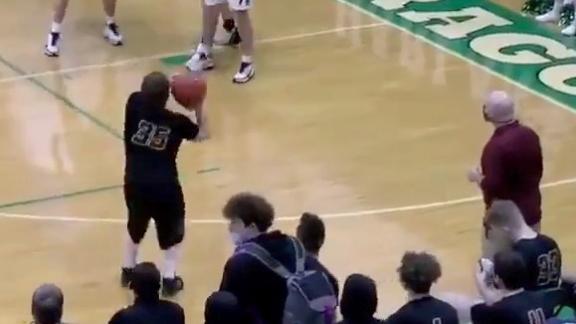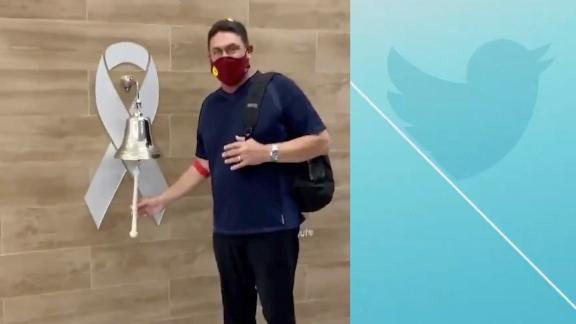For years, skiers wore knee braces after suffering from an injury like a torn ACL as part of their recovery after surgery. But then, a shift started happening, and athletes began wearing knee braces to prevent a knee injury from occurring. Novel concept, right?
One such knee brace that's become increasingly popular among pro skiers for both recovery and prevention is the Cell Knee Protection System from Asterisk. Simply put, it's a rigid, adjustable knee brace made of impact-resistant carbon fiber that helps support the knee joint.
"The theory with Asterisk is injury prevention," says Dave Castillo, a co-founder of Asterisk. "The braces are designed to support the knee regardless of the knee's condition, so they can be used to help prevent injury or to help stabilize bad knees as well. We see the product like a helmet for your knees."
Asterisk's newest model is called the Ultra Cell. It's been reengineered from the original Cell brace to have better adjustability, comfort and rigidity. They are fully adjustable and come with full range of motion kneecap protectors. They'll reduce your risk of hyper extension and help prevent the rotational injuries that are common in snowsports.
The company also recently partnered with Boa Technologies to incorporate their Boa reel and lace system into the design. "The biggest change and improvement to the Ultra Cell is how it secures to the leg," says Castillo. "The liner has been split into two halves, each with its own dial to fit Boa Reel. It's a huge improvement over the standard lace-up style we had previously on the Cell."
Pro athletes in many disciplines wear Asterisk braces -- they are most well known in the motocross market (Ryan Villopoto, Ryan Dungey, and Chad Reed are all fans). Plenty of skiers have come on board too, including Tim Durtschi, Reggie and Zach Crist, Lynsey Dyer, Jason Tattersall, Jeremy Nobis, and more.
"We never go after athletes. We don't pay any athlete to wear our product," Castillo says. "They come ask us to use it."
The knee braces aren't cheap ($699 for a set) but they're more affordable than knee surgery. Still, Castillo says, there's no guarantee that an injury won't occur in the brace.
"Unless you could bolt the brace to your tibia and femur, you still are at some risk," he says. "But we think we make the best product out there to lessen that risk significantly."




